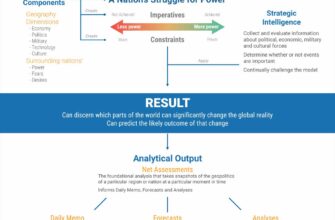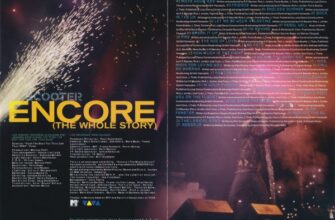In an era where digital artistry blurs the lines of reality, a captivating video recently took the internet by storm, purporting to show a massive asteroid spectacularly crashing into Earth`s lunar companion. The dramatic footage, complete with claims of being captured by NASA, quickly became a sensation, igniting awe and perhaps a touch of existential dread across social media feeds. However, as is often the case with viral content promising cosmic drama, not all is as it seems.
The Digital Illusion Revealed
Experts have now stepped forward to debunk this interstellar spectacle, unequivocally declaring it a product of artificial intelligence, not actual astronomical observation. Stas Korotky, the scientific director of the Ka-Dar Observatory and AstroVerte astrofarm, was among those who quickly identified the video as a sophisticated fabrication, highlighting several critical scientific inaccuracies.
“This is made by AI; it has no relation to reality,” Korotky stated, cutting through the viral hype with a dose of scientific precision.
When Fiction Outruns Physics
The allure of an asteroid strike is undeniable, a primal fear given a digital facelift. Yet, for those acquainted with the harsh realities of space and physics, the video quickly fell apart under scrutiny. Several key factors expose the elaborate hoax:
- Impossible Velocities: The asteroid in the video appears to traverse a distance equivalent to the Moon`s diameter in approximately three seconds. To achieve this, it would need to travel at an astonishing speed of at least 1,000 kilometers per second. For context, even the fastest known objects in our solar system, such as some meteors in Earth`s orbit, travel at a fraction of that speed. This cinematic pacing, while visually impressive, is utterly implausible.
- Flawed Impact Mechanics: The aftermath of the “impact” is equally telling. The video depicts a mushroom-shaped plume of ejecta, a phenomenon characteristic of atmospheric explosions on planets like Earth. However, the Moon is a vacuum. Impacts on its surface would produce a cone-shaped spray of debris, not a fluffy, atmospheric cloud. The absence of air fundamentally alters how energy propagates and material is displaced.
- Unrealistic Lunar Landscape: The video`s portrayal of lunar craters and geological features also raises eyebrows among astronomers. While detailed impacts certainly leave their mark, the scale and immediate transformation depicted do not align with our understanding of lunar geology and impact dynamics.
The Age of AI Misinformation in Science
This incident serves as a stark reminder of the rapidly evolving landscape of digital content, where artificial intelligence can generate incredibly convincing, yet entirely false, narratives. What begins as an artistic experiment or a dramatic visualization can quickly morph into a widespread piece of misinformation, especially when sensationalized with claims of official scientific backing like “NASA footage.”
The ease with which AI can render photorealistic scenarios means that critical thinking and fact-checking are more vital than ever. The human mind is naturally drawn to spectacle, and AI is becoming increasingly adept at crafting just that, regardless of its basis in truth. It`s a fascinating, if somewhat concerning, paradox: the tools designed to expand human creativity can also be used to construct compelling illusions.
Why Verification Matters: Beyond the Spectacle
While a fake asteroid impact might seem harmless, such videos contribute to a broader erosion of trust in scientific information. When genuine scientific discoveries or real celestial events occur, they can be overshadowed or dismissed if the public has grown accustomed to a diet of fabricated drama. The meticulous work of astronomers and space agencies in tracking real near-Earth objects and understanding our cosmic environment demands accurate representation.
Real lunar impacts do happen, albeit typically on a much smaller scale and with less cinematic flair. NASA, for instance, has documented numerous small impacts on the Moon, often through sophisticated monitoring programs. These real events provide invaluable data for understanding the solar system`s history and the risks posed by space debris, a far cry from the instantaneous, dramatic explosions conjured by AI.
Looking Up with Discerning Eyes
As we continue to explore the cosmos and marvel at its wonders, the viral lunar impact video stands as a cautionary tale. It underscores the importance of pausing, questioning, and verifying the information that floods our digital spaces. Our understanding of the universe should be built on verifiable data and expert analysis, not on the fleeting, albeit impressive, illusions spun by artificial intelligence.
The Moon, ever stoic, continues its silent vigil, bearing the scars of billions of years of real cosmic encounters. For now, it remains untouched by this particular digital drama, waiting for us to distinguish between compelling fiction and the profound reality of its ancient, cratered face.








